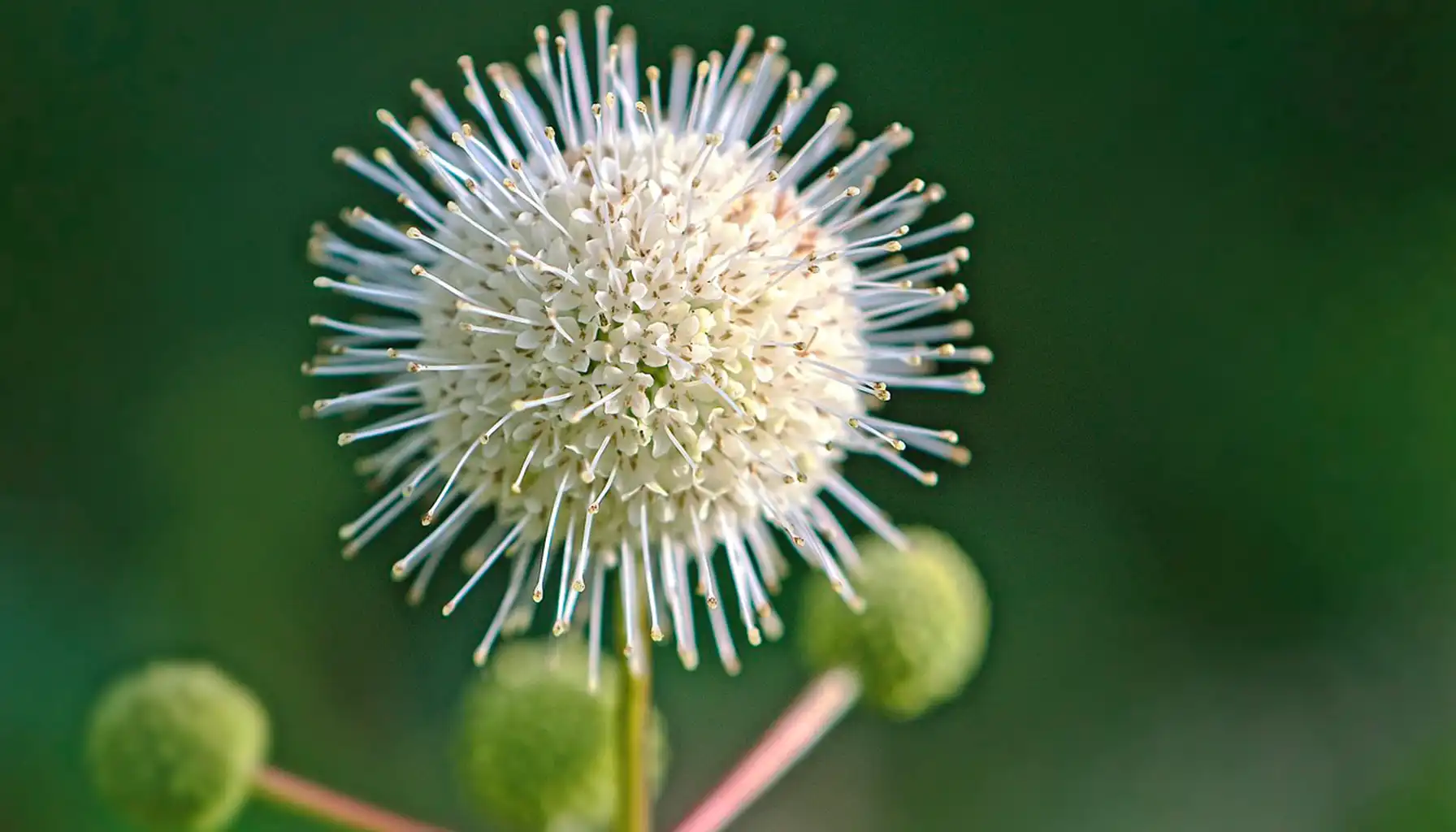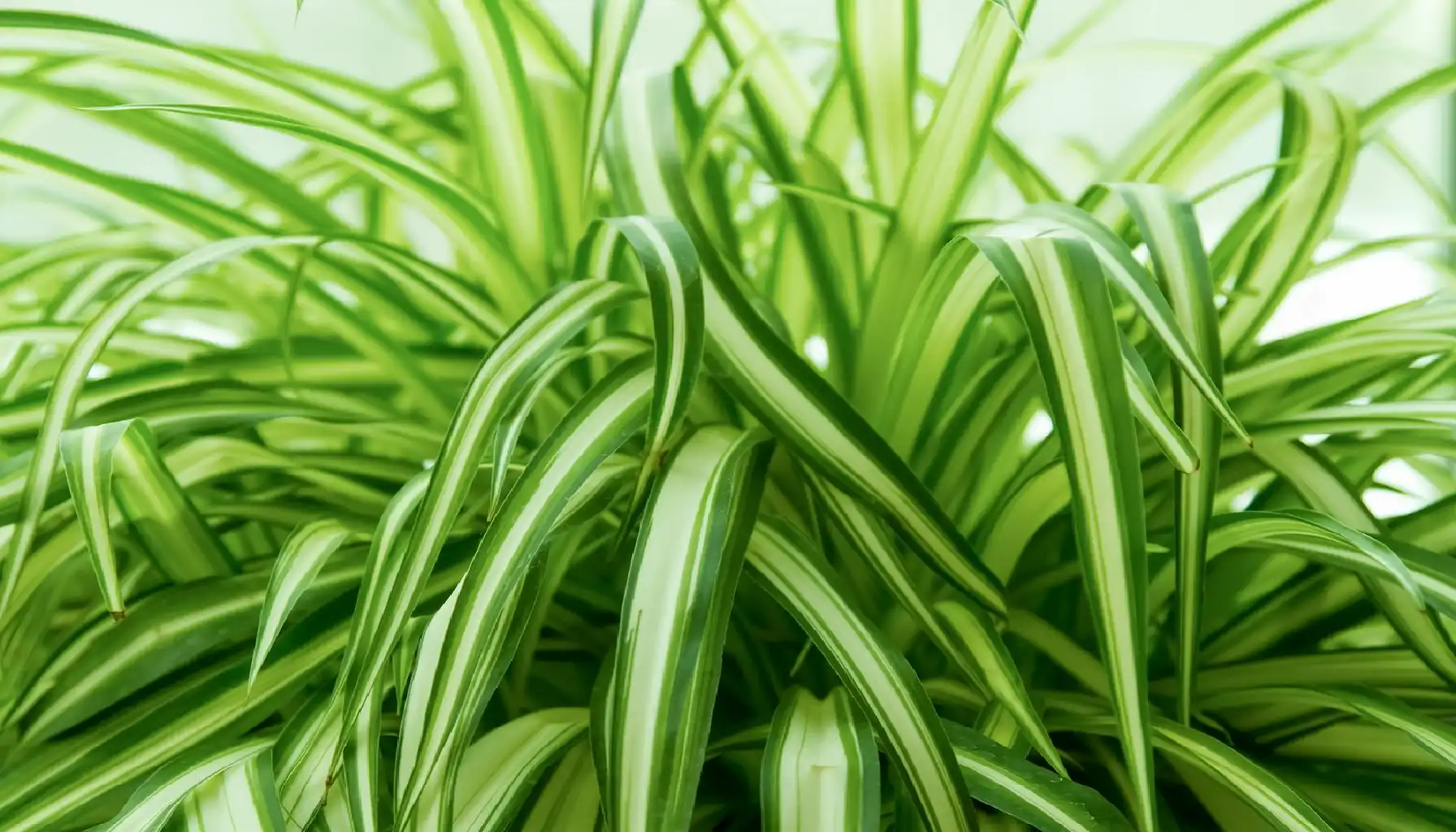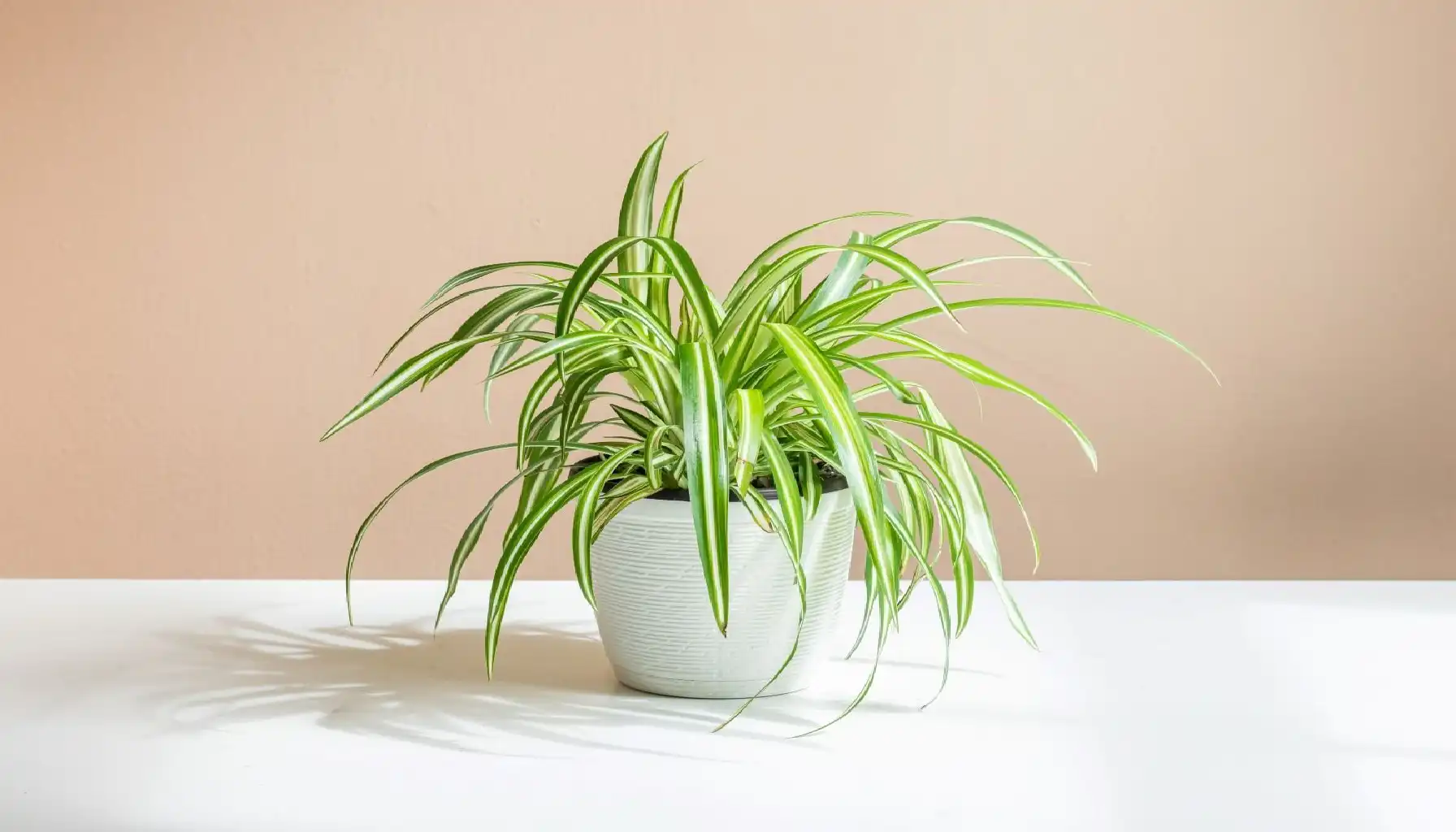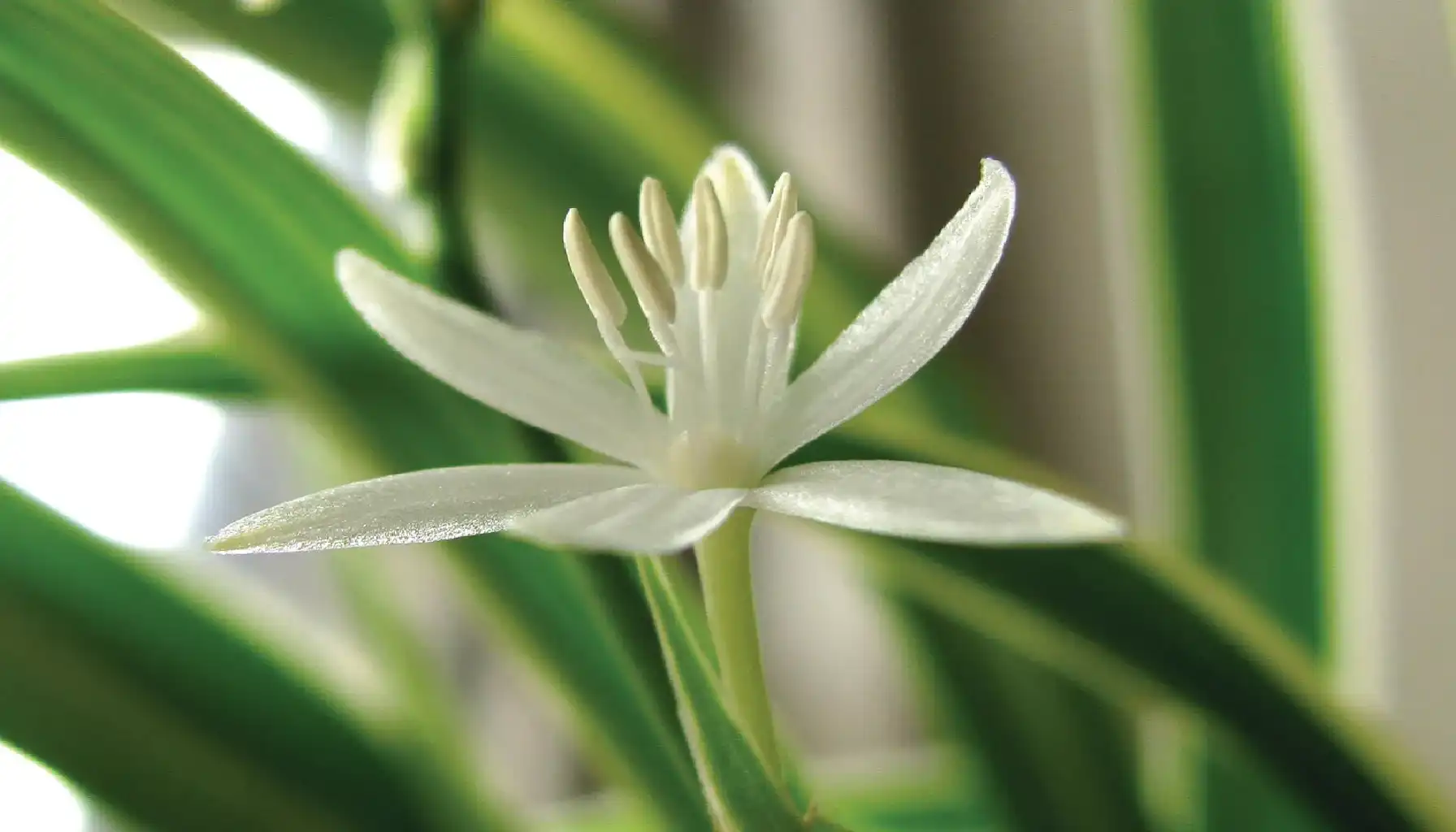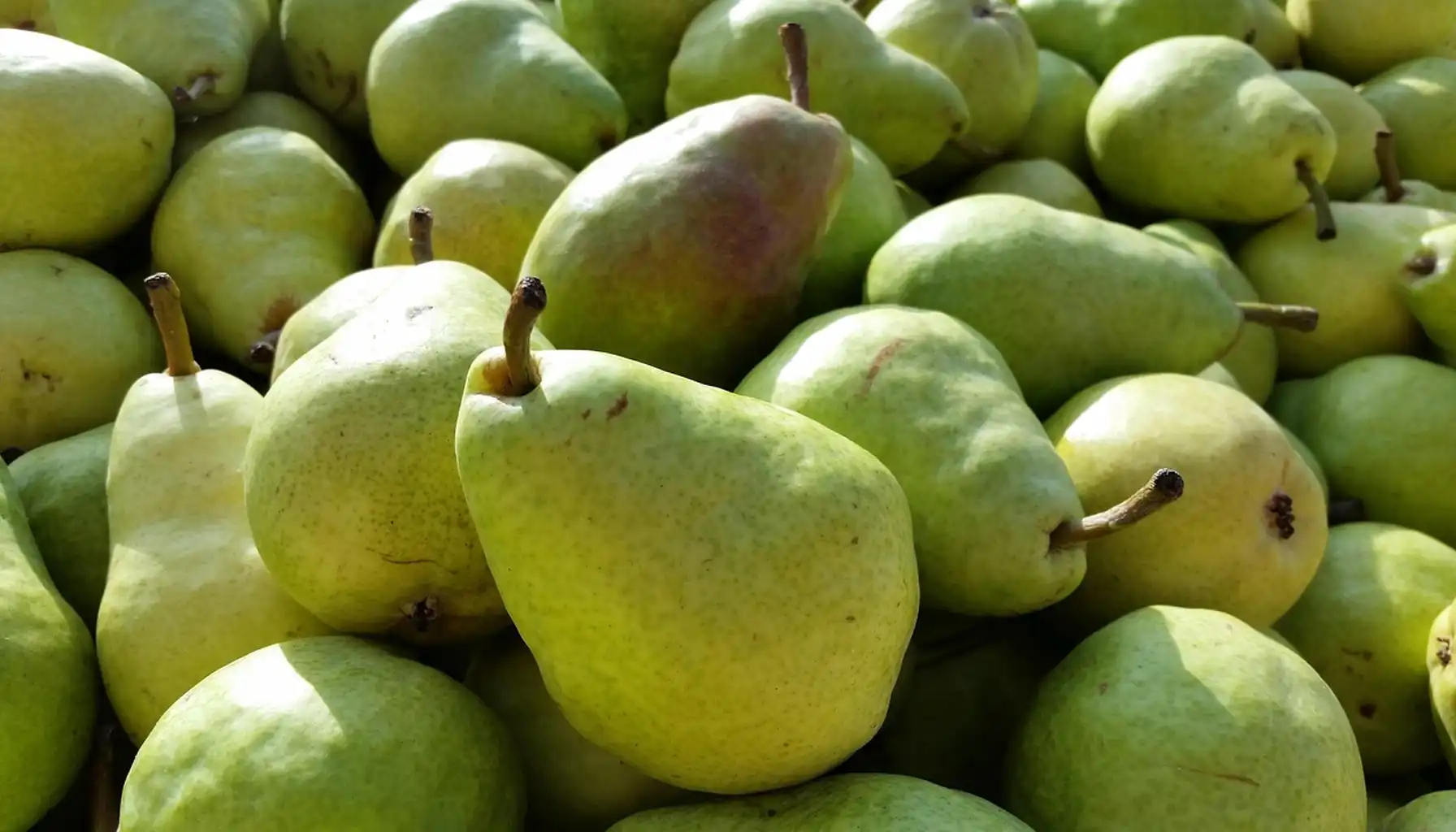Gardens need to be cherished, and incorporating new inhabitants into the landscape can breathe fresh life into the green space. The modern market offers multiple natural opportunities taken from all over the world. Wish to grow tropics in your yard? Your location does not matter anymore, for with the right knowledge and tools, exotic plants can thrive even in the most unexpected climates.
Graceful, peculiar, impressive. Spider plants are among the most popular but exquisitely looking floral creations that perfectly fit into any environment and decorate the setting, thanks to their tropical flair. Yet, the spider plant benefits do not come down to their arching leaves only. So, what does it look like? How to propagate a spider plant? And why may a simple flower identifier turn into a great supporter after all?
What Are Spider Plants?
A spider plant (scientifically known as Chlorophytum comosum) is a commonly grown ornamental houseplant that is native to the tropical and subtropical regions of southern Africa, where it is mainly warm and humid. Its appearance is rather distinctive: the elegant, arching green leaves with white to yellow stripes, occasional but so longed-for tiny flowers on slender stalks, and young plantlets.
The decorative power of the plant is undeniable, but in reality, it may also present additional benefits vital for the environment. One of the most fascinating traits of this floral creation is that it is among the most efficient plants that purify the air indoor. According to the research “The effects of Chlorophytum comosum on the indoor air quality” (Samara Journal of Science, 2023), this species can successfully reduce harmful substances like formaldehyde, xylene, and carbon in indoor air.
Besides, it is considered a non-toxic type of vegetation that can be incorporated into any space without destroying anyone's health.
The Main Characteristics |
Common Name | Spider Plant |
Botanical Name | Chlorophytum comosum |
Family | Asparagaceae |
Origin | Southern Africa |
Type | Herbaceous perennial |
Height | 12–24 inches (30–60 cm) |
Bloom Time | Occasional; usually spring to summer when indoors |
Flower Color | White |
True Flower | Yes, small and star-shaped |
USDA Hardiness Zones | 9-11 (grown outdoors) Commonly kept indoors worldwide |
Spider Plant Varieties | Variegated SP Reverse SP Green Shamrock SP Fire Flash SP Zebra SP … and more |
Toxicity | Non-toxic to cats and dogs (mild reactions possible) |
Dormancy Period | No true dormancy; growth slows slightly in winter |
Growing Conditions
Should you be willing to grow curly spider plants, it is first reasonable to take a look at the specific variety. Although they generally share the same growing requirements, subtle differences in growth habits may influence how they respond to certain conditions. Either way, let us take a look at the widely accepted environmental conditions that should be set for a plant to grow.
Light
Prefers soft, filtered light similar to its native forest floor environment
An ideal spot indoors is near a bright window that gets morning or late-afternoon sun, such as east- or northeast-facing windows.
Avoid direct midday sun, which can dry out or burn the delicate foliage.
May thrive in low-light conditions, though leaf striping may become less distinct.
Watering
Likes evenly moist soil. Water only when the top 1 inch of soil is dry.
Avoid overwatering, as spider plants are prone to root rot.
Use filtered or distilled water if possible. Spider plants are sensitive to fluoride and chlorine!
Reduce watering frequency in fall and winter when growth naturally slows.
Temperature
Thrives in a temperature range of 65 to 75°F (18 to 24°C).
Can tolerate short drops to 50°F (10°C), but prolonged exposure to cold may damage foliage. In their native habitat, these tropical plants are unaccustomed to chilly conditions and thrive in consistently warm environments.
Keep away from drafty windows, air conditioners, or heaters, which can be the source of the temperature fluctuations.
Humidity
Prefers moderate humidity levels, i.e., 40-60%.
Can tolerate average indoor humidity, but benefits from extra moisture in dry climates or heated rooms.
Low humidity may lead to browning leaf tips, especially in curly-leaf varieties.
Soil
Thrives in light, well-draining soil that retains some moisture but does not stay soggy.
A loamy or peat-based potting mix with added perlite or pumice is the best choice (a general-purpose soil is also ok to use).
Soil pH should be slightly acidic to neutral, which is around 6.0 to 7.0, though SPs are quite adaptable anyway.
Repot with fresh soil every couple of years to refresh nutrients and prevent compaction.
Related article: Regulations of Soil: How Does pH Level Affect Plant Growth
How to Grow Spider Plants?
As soon as the environmental conditions are no longer strange to you, it is time to proceed with planting and supporting its growth. Just like humans, flora need attention, patience, and specific spider plant care. Here is a quick guide for you to introduce a new natural inhabitant into your garden without stress.
Planting First things first, choose a clean pot with proper drainage holes. Fill it about halfway with your chosen well-draining soil mix. Gently position it in the center, spread the roots, add soil around the roots, remove air pockets by slightly pressing it down, and water lightly to help it get settled. Mind: If you are planning to plant a young spiderette (i.e., a baby), make sure it already has visible roots. |
Healthy Growth Check When planted, your Chlorophytum comosum may feel "hungry". Do not forget about nourishing it properly to encourage growth, and never let it die. Be patient, since visible top growth may be slow at first. Avoid fertilizing during the first few weeks after planting to prevent stressing the roots. To encourage the appropriate development: Give your plant enough space. Keep it in a stable spot (avoid moving it around too often) If planting multiple spiderettes in one container, space them at least a few inches apart.
|
When and How to Repot The growth speed of the species is quite high; this is why it might be necessary to repot every one to two years. When you see roots circling the inside of the pot or pushing through the drainage holes, rest assured that it is the right time to do so. To repot: Gently remove the plant from its current container. Loosen the root ball and trim off any mushy or dead roots. Place it into a slightly larger pot with fresh soil and follow the same planting steps. Water thoroughly and give it a few days to adjust.
|
Indoor vs. Outdoor Growing Although these creations are most commonly grown indoors, warm climates (USDA Zones 9-11) may make it possible for them to grow outside in containers or shaded raised beds. However, keep in mind that temperatures below 50°F (10°C) are fatal. |
Spider Plant Propagation: The Right Approach
It is definitely an easy-to-care floral creation, but what is more assuming is that it may reproduce without any problem as well. When SP is mature enough, it sends out long, arching stems with small "spiderettes" (in other words, plantlets). These can be easily rooted to create new plants, which should be done during the active growing season (spring to early fall). Basically, there exist two ways to propagate this type of vegetation, i.e., in soil and in water. Let us consider both.
In Water
Cut the spiderette from the mother plant using clean scissors or shears.
Place the base of the spiderette in a glass of water, leaving only the root submerged.
Keep the container in bright, indirect light, and do not forget to change the water every few days.
Roots are to develop within 1–2 weeks.
In Soil
Choose a small pot with drainage holes and fill it with well-draining soil.
Plant the rooted or root-nubbed spiderette directly into the soil, gently pressing it down to anchor it.
Water lightly.
Keep the pot in bright, indirect light and maintain consistent moisture.
After a few weeks, the spiderette should show signs of new growth, confirming it has taken root.
By the way, if you still struggle to select an appropriate approach, the AI Plant Finder app can help. Snap a photo to get instant plant ID or disease detection, access expert care tips, track your collection with personalized reminders, and even measure light or calculate watering needs – all in one place!
Safety Around Pets
Is spider plant toxic to cats? This is one of the most common questions that amateur gardeners may be wondering about. According to the ASPCA (American Society for the Prevention of Cruelty to Animals), spider plants are non-toxic to cats and dogs. This means that they will not cause poisoning or serious harm. However, this does not mean "edible". It is always better to refrain from eating it, for frequent chewing can lead to mild digestive upset, such as vomiting or soft stool.
To protect both your plant and your pets, it is a good idea to limit direct access. This is what one may do in order to create a safe environment.
Place the houseplant on high shelves or in hanging baskets where pets cannot easily reach it.
Switch plant locations if your cat seems to fixate on one specific spot.
Use repellents or pet deterrent sprays, as long as they are safe for plants and animals.
Check this: Beauty Can Kill: A Guide to Toxic Plants You Should Know
Make your garden a thriving place – let your botanic explorations begin!
AI Plant Finder Related Posts
